
OR
UN report on 'mission impossible' climate target: key points
Published On: October 1, 2018 12:00 PM NPT By: Agencies
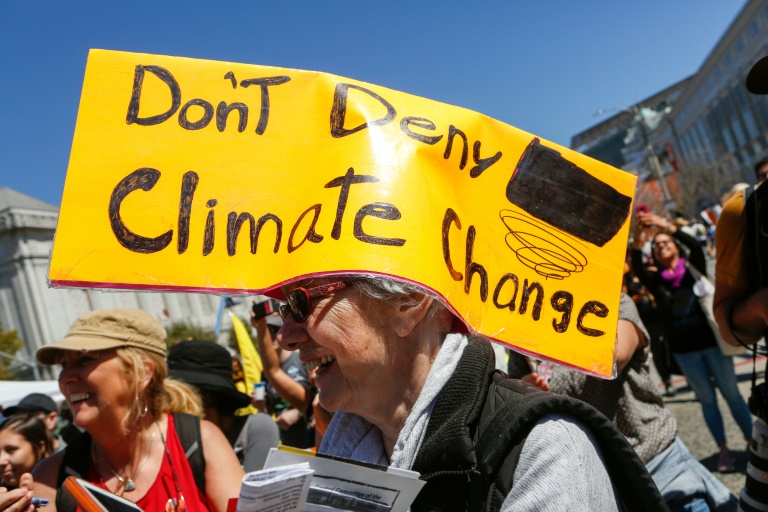
An executive summary of the UN special report on limiting global warming to 1.5 degrees Celsius will be vetted in South Korea this week, line-by-line, by diplomats under the 195-nation Intergovernmental Panel on Climate Change (IPCC).
A draft version of this "Summary for Policymakers" obtained by AFP underscores how quickly global warming has outstripped humanity's attempts to tame it, and outlines stark options -- all of them requiring a makeover of the global economy -- for avoiding the worst ravages of climate change.
Here are key findings, grounded in some 6,000 peer-reviewed scientific studies:
TOPLINE FINDINGS
The report lays out what it will take to prevent Earth's average surface temperature from rising beyond 1.5C (2.7 degrees Fahrenheit) above preindustrial levels.
Given an increase to date of a full degree Celsius, and our current trajectory toward an unliveable plus 3C or 4C world, the already narrow pathway to a 1.5C cap has become a tightrope.
At current levels of greenhouse gas emissions, the IPCC report finds with "high confidence", we will zoom past the 1.5C marker around 2040.
To have at least a 50/50 chance of a 1.5C world, the global economy must, by 2050, become "carbon neutral," with no additional CO2 going into the atmosphere.
Carbon dioxide emissions, meanwhile, should peak not later than 2020, and curve sharply downward from there.
To date, we are still moving the wrong way: after remaining stable for three years -- raising hopes the peak had come -- emissions rose in 2017 to historic levels.
The 22-page Summary also details humanity's "carbon budget", the amount of carbon dioxide -- the main greenhouse gas -- we can dump into the atmosphere and still stay under the 1.5C threshold.
The allowance, for a two-third's chance, is 550 billion tonnes, an amount we will emit on current trends within 14 years.
The share of primary energy coming from renewables would have to jump from a few percent to at least 50 by mid-century, and the share of coal drop from about 28 percent to between one and seven.
1.5C VS. 2C
When the 195 nations who endorsed the 2015 Paris Agreement said the world should "pursue efforts" to cap warming at 1.5C, scientists were caught off-guard.
Most scientific literature assumed a target of 2C, long considered the temperature guardrail for a climate-safe world.
Hundreds of peer-reviewed studies since then reveal what a difference a half-degree can make.
"Climate impacts are exponentially more dramatic when we go from 1.5C to 2C," said Henri Waisman, a senior researcher at the Institute for Sustainable Development and International Relations, and a coordinating author of the report.
What used to be once-a-century heatwaves in the northern hemisphere will become 50 percent more likely in many regions with an extra half-degree of warming.
Some tropical fisheries are likely to collapse somewhere between the 1.5C and 2C benchmark; staple food crops will decline in yield and nutrition an extra 10 to 15 percent; coral reefs will mostly perish; the rate of species loss will accelerate.
Most worrying of all, perhaps, are temperature thresholds between 1.5C and 2C that could push Arctic sea ice, methane-laden permafrost, and melting polar ice sheets with enough frozen water to lift oceans by a dozen metres, past a point of no return.
PATHWAYS
IPCC authors refuse to say whether or not the 1.5C goal remains feasible. That, they argue, is for leaders to decide.
But the report does lay out four scenarios that shadow current and future policy debates on the best way to ramp up the fight against climate change.
The difference between them is not "slow" or "fast" -- it is too late for that, experts agree.
"We're talking about the kind of crisis that forces us to rethink everything we've known so far on how to build a secure future," said Kaisa Kosonen, IPPC campaign lead for Greenpeace International.
"We have to try to make the impossible possible."
One pathway, for example, relies heavily on future technologies to radically reduce energy needs, while another assumes major changes in consumption habits, such as eating less meat and abandoning internal combustion engine cars.
Two others depend on sucking massive amounts of CO2 out of the air, either though large-scale reforestation, use of biofuels, or direct carbon capture.
Government inaction on climate
To the surprise of many -- especially scientists, who had based nearly a decade of research on the assumption that 2C was the politically acceptable guardrail for a climate-safe world -- the treaty also called for a good-faith effort to cap warming at the lower threshold.
At the same time, countries asked the UN's climate science authority, the Intergovernmental Panel on Climate Change (IPCC), to detail what a 1.5C world would look like, and how hard it might be to prevent a further rise in temperature.
Three years and many drafts later, the answer has come in the form of a 400-page report -- grounded in an assessment of 6,000 peer-reviewed studies -- that delivers a stark, double-barrelled message: 1.5C is enough to unleash climate mayhem, and the pathways to avoiding an even hotter world require a swift and complete transformation not just of the global economy, but of society too.
With only one degree Celsius of warming so far, the world has seen a climate-enhanced crescendo of deadly heatwaves, wild fires and floods, along with superstorms swollen by rising seas.
Line-by-line vetting
"I don't know how you can possibly read this and find it anything other than wildly alarming," said Peter Frumhoff, director of science and policy at the Union of Concerned Scientists, a Washington-based research and advocacy group, referring to the draft Summary for Policy Makers.
Government representatives -- often the same ones in the trenches at UN climate negotiations -- will spend the entire week going through the 22-page executive summary, line-by-line.
With scientists at their elbow, they will check it against the underlying report and, if the past is any guide, attempt to blunt conclusions deemed inconvenient by their governments.
"Some countries, such as Saudi Arabia, have threatened to be obstructionist," said one of the report's authors.
China is said to have reservations on the chapters outlining policy options, concerned that some of the measures outlined may be too ambitious.
But the joker in the pack is the United States, several delates and observers noted.
"This is the first report coming up for approval since the Trump administration took office," said Michael Oppenheimer, a professor of geosciences and international affairs at Princeton University, and an IPCC author on a another report-in-progress.
"That's a real wild card."
US a 'wild card'
There are few clues as to what the United States might say or do in Incheon, which has left a lot of people nervous.
"The US could, as they have in the past, support the science," said one contributing author.
"Or they could become obstructionist -- maybe Fox News will decide to shine a spotlight on the meeting."
A State Department spokesperson confirmed to AFP that veteran climate diplomat Trigg Talley will head the US delegation, a development one veteran IPCC author described as "reassuring."
"Never in the history of the IPCC has there been a report that is so politically charged," said Henri Waisman, a senior researcher at the Institute for Sustainable Development and International Relations, and one of the report's 86 authors.
Governments looking for a straightforward answer to the question of whether the 1.5C target can be reached are likely to be disappointed, he added.
"The report isn't going to simply say 'yes' or 'no'," he told AFP.
"Our goal was to put as much information as possible into the hands of policy makers so they can step up to their responsibilities."
Many scientists say the goal is feasible on paper, but would require political will and economic transformations that are not on the near-term horizon.
"In my view, 1.5C stabilisation is extremely difficult if not impossible at this point, while 2C stabilisation is an uphill challenge but doable," Michael Mann, director of the Earth System Science Center at Pennsylvania State University, told AFP.
You May Like This
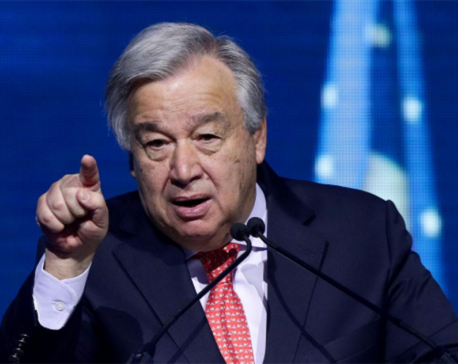
U.N. chief calls on EU to raise 2030 climate goal to 55%
BRUSSELS, June 16: U.N. Secretary-General Antonio Guterres has called on the European Union to aim for a 55% cut in... Read More...
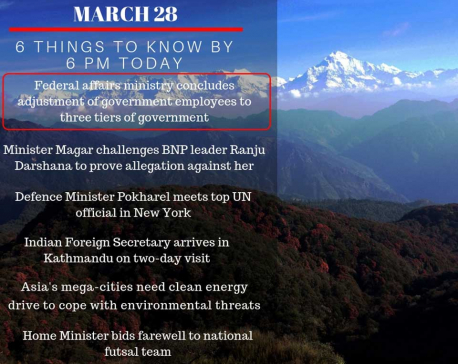
March 28: 6 things to know by 6 PM today
Your daily dose of missed important news of the day. ... Read More...
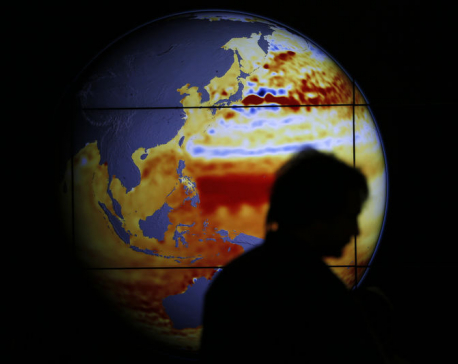
UN report confronts nations with tough choices on climate
Sept 30: The world's nations will gather at a UN conference in South Korea on Monday to review and approve... Read More...
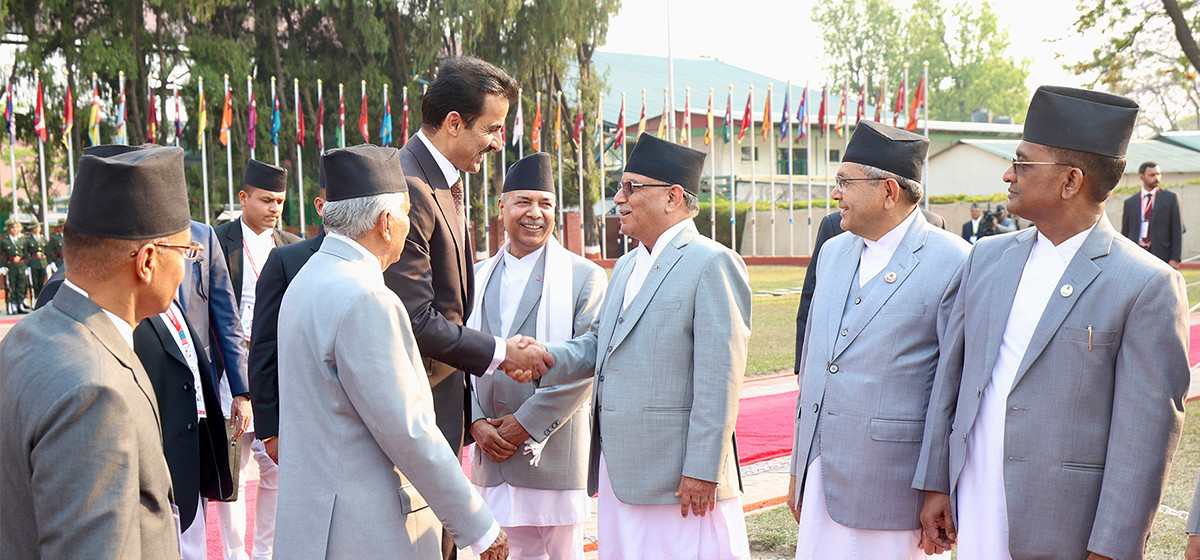
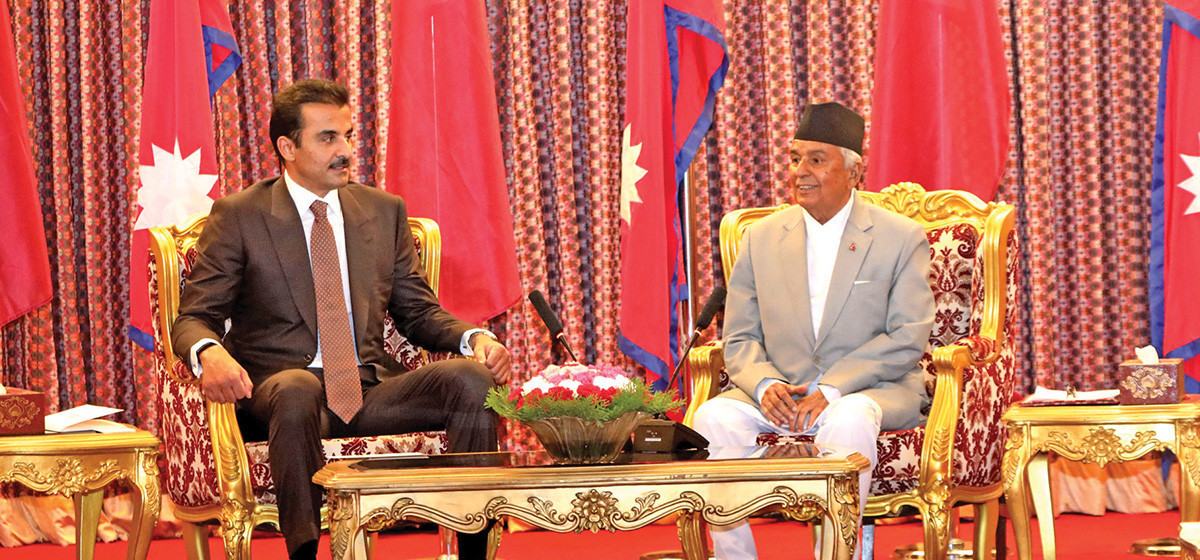

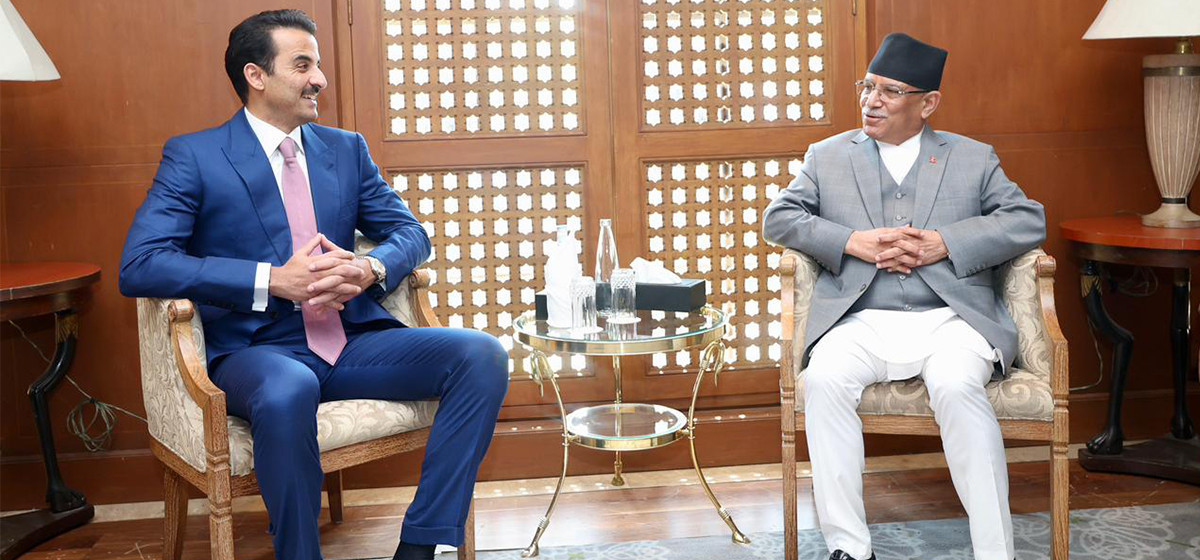
Just In
- Health ministry to conduct ‘search and vaccinate’ campaign on May 13
- Indian customs releases trucks carrying Nepali tea, halted across Kakarbhitta
- Silent period for by-election to begin from midnight
- SC issues short-term interim order to govt and TU not to take immediate action against TU legal advisor Khanal
- National consultation workshop advocates to scale up nutrition smart community in Nepal
- Patan High Court issues short-term interim order to halt selection process of NTB’s CEO
- NEPSE inches up 0.15 points; daily turnover increases to Rs 2.53 billion
- Bagmati Govt mandates tri-lingual signboards in offices



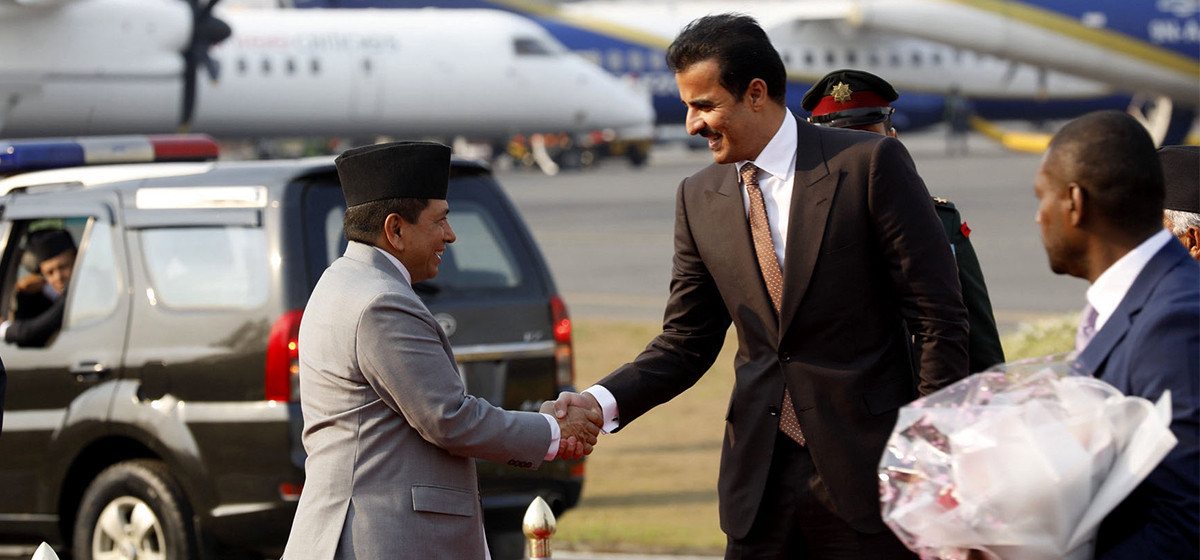
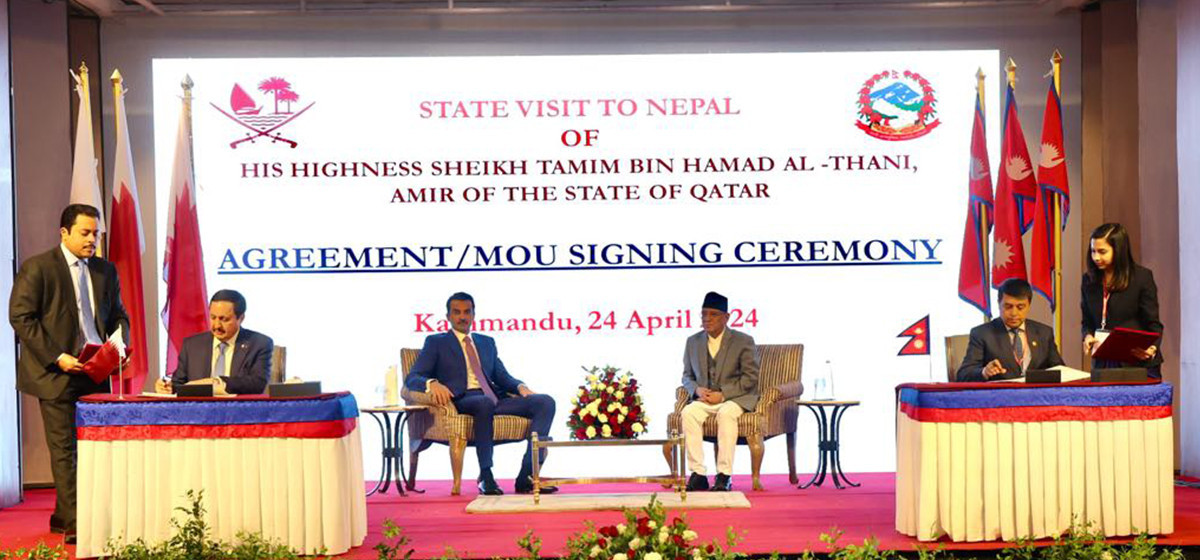

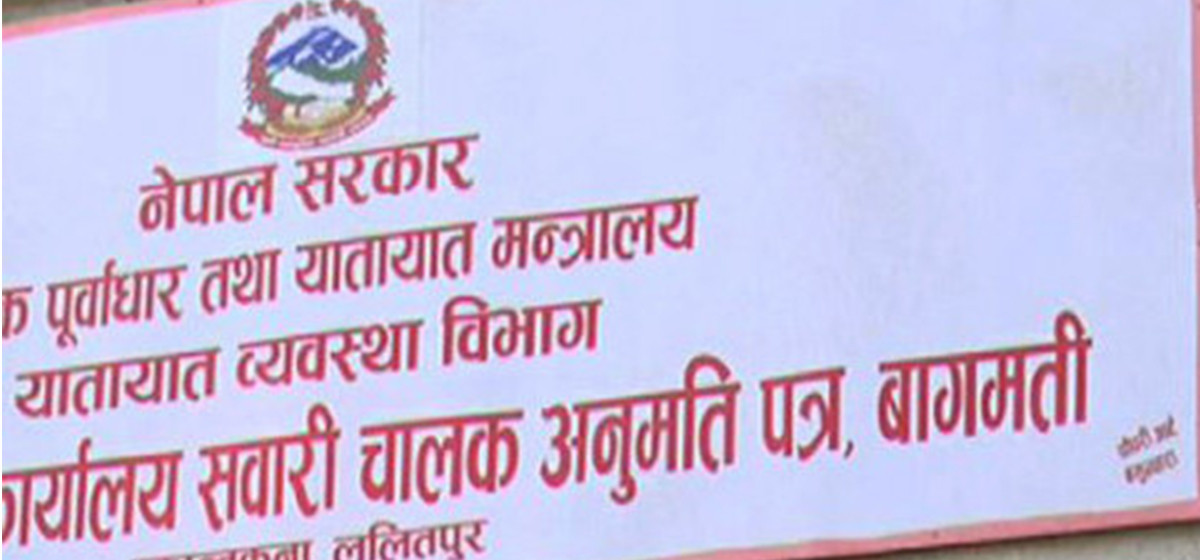


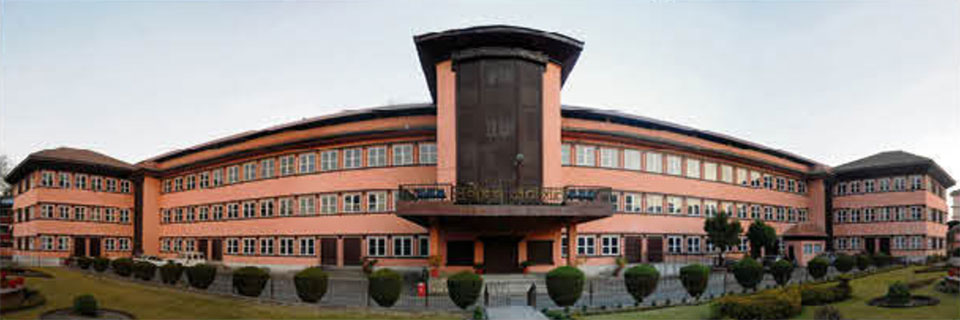
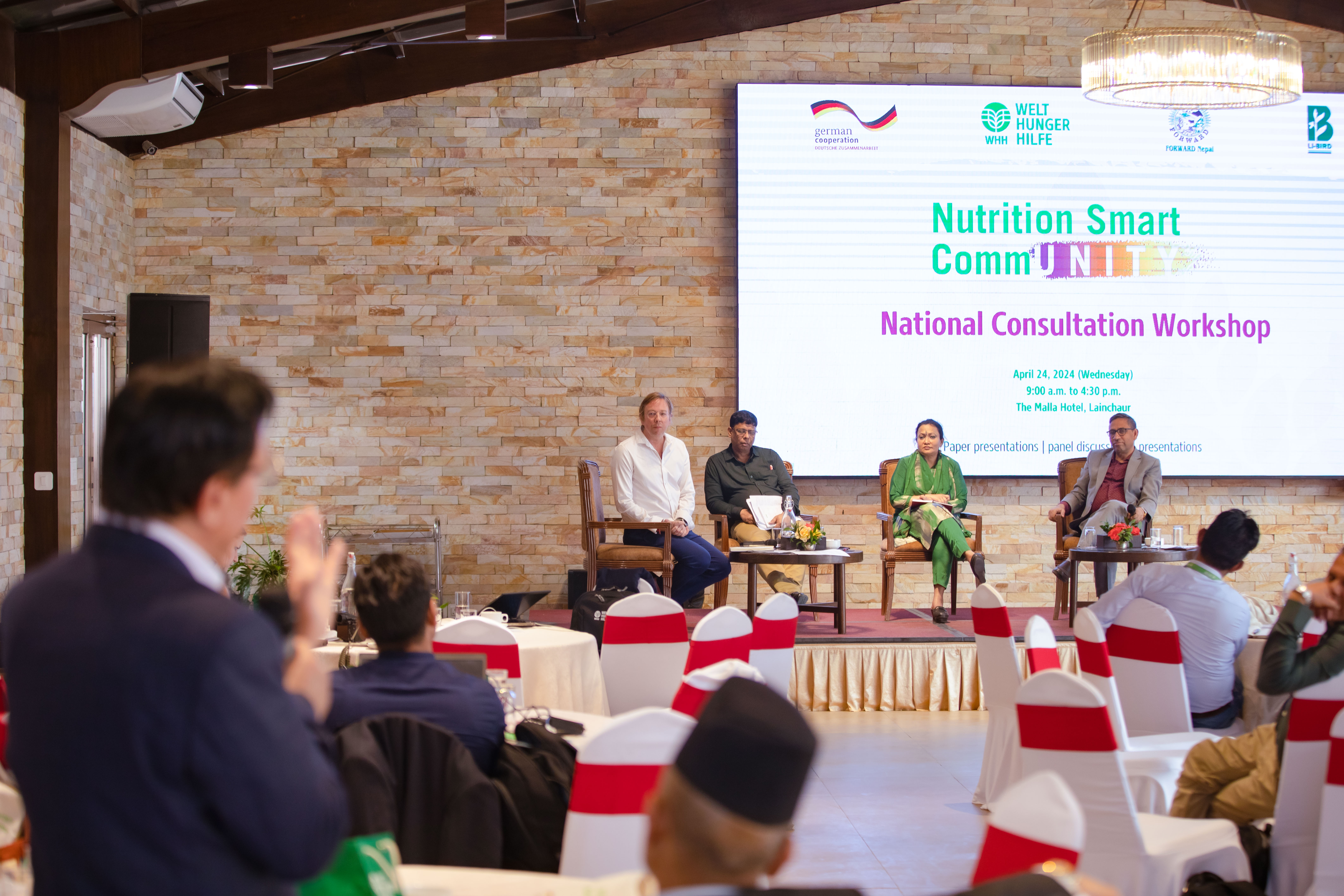



Leave A Comment